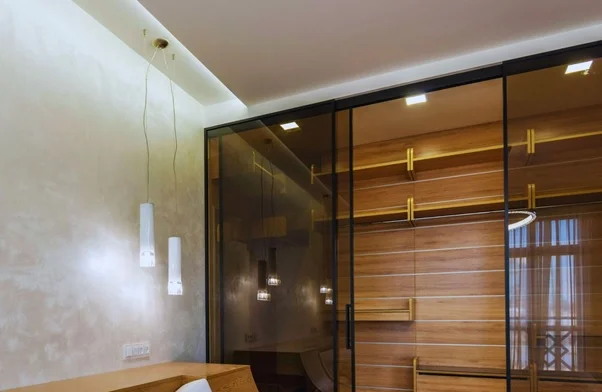Introduction
Involving addressable LEDs in your automated residence can modify the way you live, with changeable lighting that reacts according to what you want or do. Instead of traditional LED lights, however, addressable LEDs let you control every light separately allowing intricate designs which can merge with other home automation gadgets. With this manual, we will outline a procedure for including addressable LEDs in your automated household to provide an integrated and unified lighting system.
Understanding Addressable LEDs
Addressable LEDs are distinct in that they allow for individual control of any LED in the strip. This is what makes products like the ws2812 LED strip Unlike ordinary LED strips that display one color or intensity value at a time throughout the entire strip, addressable LEDs allow you to design dynamic lighting effects like changing colors or moving images across it and even synchronize it to music or videos.
Step 1: Choosing the Right Components
Before integrating addressable LEDs into your smart home, you’ll need the right components:
- LED Strip: Select an addressable LED strip like the ws2812b. Ensure the strip’s specifications, such as voltage and LED strip width, match your setup’s requirements.
- Controller: A controller, like an Arduino or a dedicated LED controller, is necessary to manage the LEDs. For smart home integration, choose a controller compatible with your smart home ecosystem (e.g., HomeKit, Alexa, or Google Home).
- Power Supply: Ensure you have a sufficient power supply to handle the entire length of the LED strip.
- Smart Hub (optional): If you want to integrate the LEDs with other smart home devices, a smart hub may be required.
Step 2: Wiring and Setup
To start, connect your LED strip to the controller. Ensure that the data input of the LED strip is attached to the data output of your controller to avoid having any flickering effects or some sort of inconsistencies. The power supply needs a direct connection to the LED strip making sure that it meets its needed voltage.
When having long strips of LED lights, introduce extra power injection locations across the strip to ensure that the brightness remains constant.
Step 3: Programming and Customization
Customizable addressable LEDs are wonderful. With their controller, one can decide on what patterns, colors, and effects to program it in and thus the lighting will change. This process becomes easier with libraries like FastLED if Arduino is being used as you don’t need to provide all low-level details of controlling the LEDs in the traditional way. It could pulse in time with music beats, it could display a rainbow-colored appearance, or simulate daily shifting sun shade through its lights on a strip.
Some controllers have applications that let you adjust light show through simple-to-use profiles for those who may not be such skilled programmers.
Step 4: Integrating with Smart Home Systems
To ensure total incorporation of every aspect of home automation with one’s addressable LEDs then such lights must be synchronized with a smart-home system. In case you have a home automation hub like SmartThings or an intelligent speaker like Alexa, link the LED controller there. There are plenty of current controllers that support Wi-Fi or Bluetooth in that way allowing easy connection.
When you’re hooked up, you can utilize your voice instructions on LED strips functionally; program them to switch on or off as per your convenience; alternatively, connect to other things such as e.g. smart speakers or heating controllers. For instance, when the indoor temperature goes down at night, dimming is an option – thus prompting reposefulness through the LED’s illumination.
Step 5: Enhancing Your Setup with Automation
One of the most powerful features of integrating addressable LEDs into a smart home is automation. Here are a few ideas:
- Morning Routine: Program the LEDs to gradually brighten in the morning, simulating a sunrise to help you wake up naturally.
- Movie Mode: Sync the LEDs with your home theater system so that they dim when you start a movie, creating a cinematic experience.
- Party Mode: Create a preset where the LEDs flash in sync with your music, turning your living room into a party zone.
Automation allows you to personalize your lighting to match your lifestyle, making your smart home truly intelligent.
Conclusion
Including addressable LEDs in your smart home setup holds infinite choices for you concerning customization and automation. Therefore, by choosing the right components with precision, programming your desired effects as well as synchronizing them with your home automation tools, you can establish a well-coordinated lighting environment that augments daily routines along with the living space. Addressable LED lights enable you to note changes in functionality create ambiance or even incorporate new lighting technology on an ultimate level through versatility in the system of your smart home.
For more information click here.









